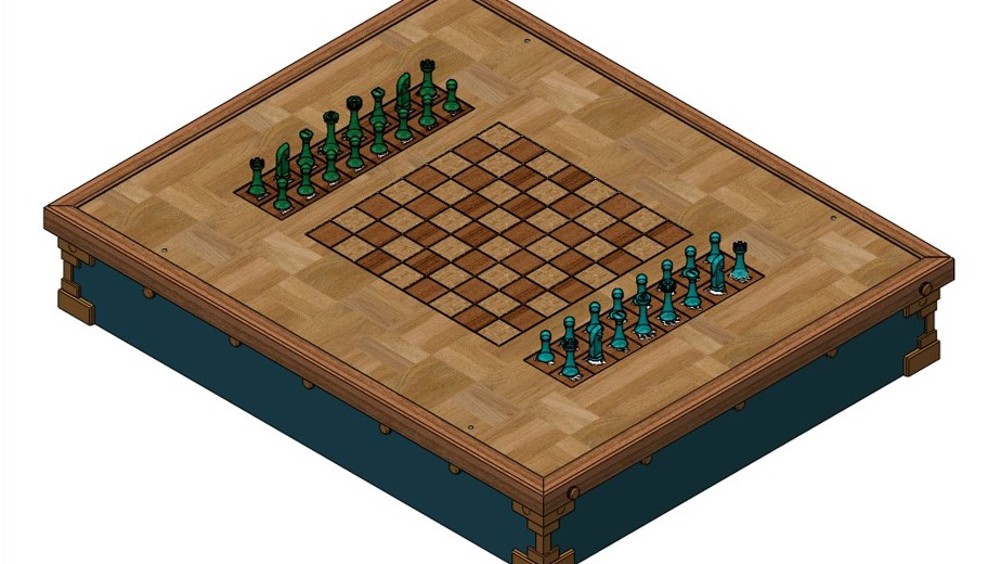C2I 2023 Young Innovator Winner: AutoMate
Developed by school students Joseph Birch and Finley Stirk, the AutoMate mechatronic chess board allows users with physical disabilities to play chess without touching the pieces.

Category: Young Innovator
Headline Sponsor: Hays
Project: AutoMate
Partners: Joseph Birch and Finley Stirk
This year’s young innovators - sixth form students Joseph Birch and Finley Stirk - aimed to ensure that the competition of chess is available to all though their AutoMate chess board invention.
AutoMate is a chess board with integrated mechatronic systems which allows users to play chess without touching the pieces, instead inputting moves through inclusive technologies such as eye-gaze tracking and voice commands.
“This project was inspired by a family member who works as speech and language therapist at a special educational needs (SEN) school. They often play games with their students, some of which need eye-gaze trackers to play, making play between those with and without motor disabilities difficult,” said co-inventor Joseph Birch, an A-Level student at Trinity School of John Whitgift, an independent boys school in Croydon, Surrey.
“Being avid chess players with a passion for engineering, we decided to create this project to bridge the gap, allowing those with motor impairment to play any opponent.”
Register now to continue reading
Thanks for visiting The Engineer. You’ve now reached your monthly limit of premium content. Register for free to unlock unlimited access to all of our premium content, as well as the latest technology news, industry opinion and special reports.
Benefits of registering
-
In-depth insights and coverage of key emerging trends
-
Unrestricted access to special reports throughout the year
-
Daily technology news delivered straight to your inbox










Water Sector Talent Exodus Could Cripple The Sector
Maybe if things are essential for the running of a country and we want to pay a fair price we should be running these utilities on a not for profit...